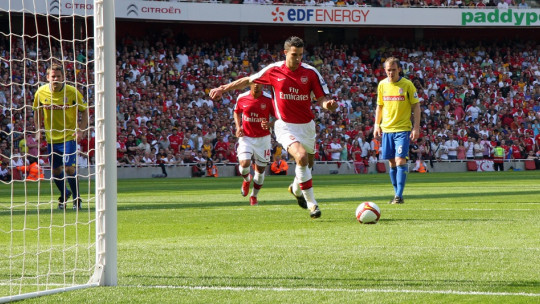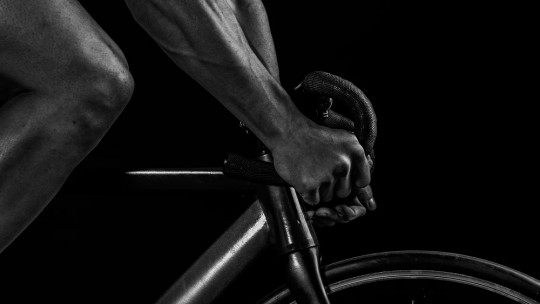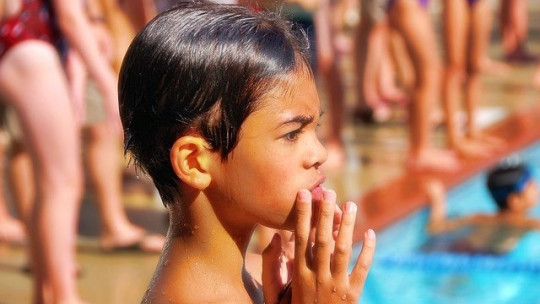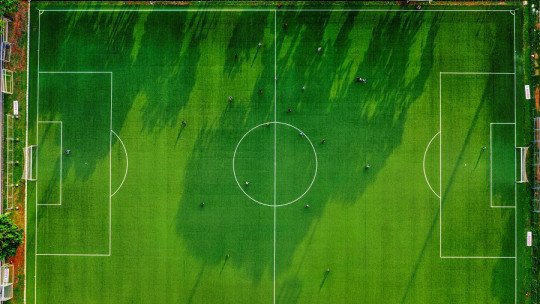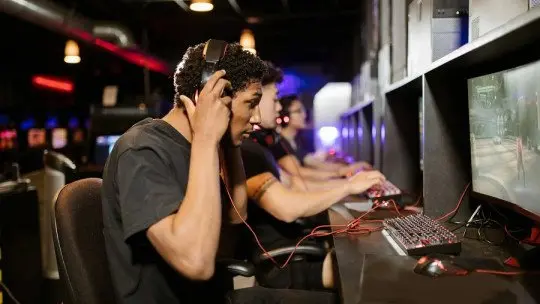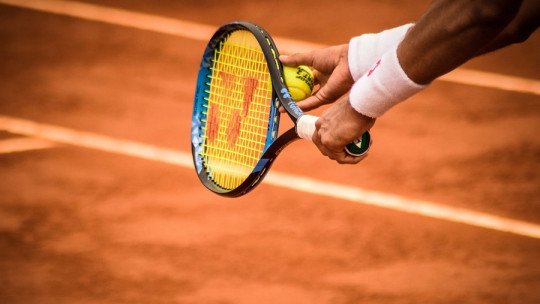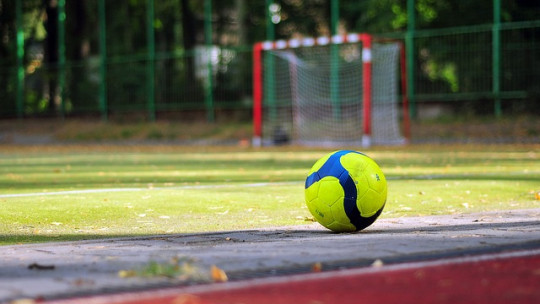In any sport there are situations in which the importance of the psychological aspect becomes truly notable. Penalties are a good example of this type of situation
When players have to take penalties they usually feel under pressure, especially if the penalties are decisive in a team’s classification in a championship. When you feel under pressure it is more difficult to be precise, because it is difficult to maintain an optimal level of concentration That is why to have more opportunities to successfully take a penalty, skills such as concentration must be trained.
What does it mean to concentrate?
Knowing how to concentrate is knowing pay attention to what is really important at a certain time. To master this skill you must learn to differentiate the different focuses of attention, know how to change from one to another depending on the context, and regain concentration if it is lost due to some distraction.
The direction of the focus of attention can be internal (for example, on one’s emotions, thoughts, or sensations) or external (for example, on the environment such as the audience, the goal, or the ball). The width of the focus can be wide (for example, if they focus on various aspects of the game) or narrow (for example, when they focus on a specific place inside the goal where they are trying to score the ball).
By bringing together the different focuses of attention, four types of attention control emerge: evaluation, analysis, preparation, and action. One way to improve penalty kick training is have players practice all of these types so they learn to use the most appropriate one
How does concentration affect penalties?
The coach can make use of the evaluation (wide and external focus) by showing videos about penalties that end in a goal or not so that the players evaluate the characteristics of both.
To train analysis (broad and internal focus), players can practice reflecting on the thoughts they have during penalties, writing down which ones have helped them the most and which ones have not. Another way to use this focus is to reflect on the penalties they have had in the competition and write down two aspects that they have done well and one that they have to improve.
Preparation (narrow and internal focus), can be done during competition and during training To do this, once players know they have to take a penalty, they can practice switching to this type of focus. The best way to start using this type of attention control is to take a deep breath. Four breaths are usually enough to focus on that very moment. Once they are centered they can tell themselves the steps they are going to take when taking the penalty, or if it is easier for them they can visualize themselves successfully taking the penalty.
Finally, it’s time to act (narrow and external focus). To do this, when the referee blows the whistle, the players must take their time, without rushing, maintaining mental focus for at least 10 seconds and focusing on the place they want to send the ball to. Once they are clear where they want to throw the ball They have to pull firmly, without hesitation
Errors and distractions
Players often lose concentration, among other reasons, due to distractions. If they use a type of attention control that is not appropriate for the activity at that moment, players They tend to get distracted by details that are not important at that moment That is why it is important to practice the different types of focus and gain practice in exercises in which you get used to maintaining concentration.
Another way to train concentration on penalties is to reflect on your sources of distractions. They have to recognize if what is disconcerting them is of internal origin (such as a lack of self-confidence, a negative internal monologue) or external (for example, the audience that is applauding and shouting in the stands). Being aware of the aspects that worry you is the first step to being able to maintain concentration and perform optimally
Once distractions have been identified, the next step is to refocus attention. To do this, players can use phrases or words that help them. Since the internal monologue is something very personal, the players themselves are the ones who have to reflect and choose the words or phrases that work for them (e.g. ‘let’s go for it’, ‘you can do it’).
The advantages of simulation
Finally, a practice that is especially used by elite athletes is the simulation of aspects of the competition. What it is about is recreate an environment in training that is as close to competition as possible so that when the players have to take a penalty in an important match they don’t notice the difference.
One of the aspects in which competitions are different from training and that increase the pressure on the players are the sounds; for example, the referee’s whistle when he signals the start of the penalty, or the shouts of the public. In training, players do not usually hear these types of sounds; Therefore, if they get used to training as closely as possible to the championships, they will be better prepared for when they have to take penalties. Another way to recreate the atmosphere of the championships, especially as the event approaches, is by training in the same clothes in which you are going to compete.
Alicia Plaza, Psychologist

